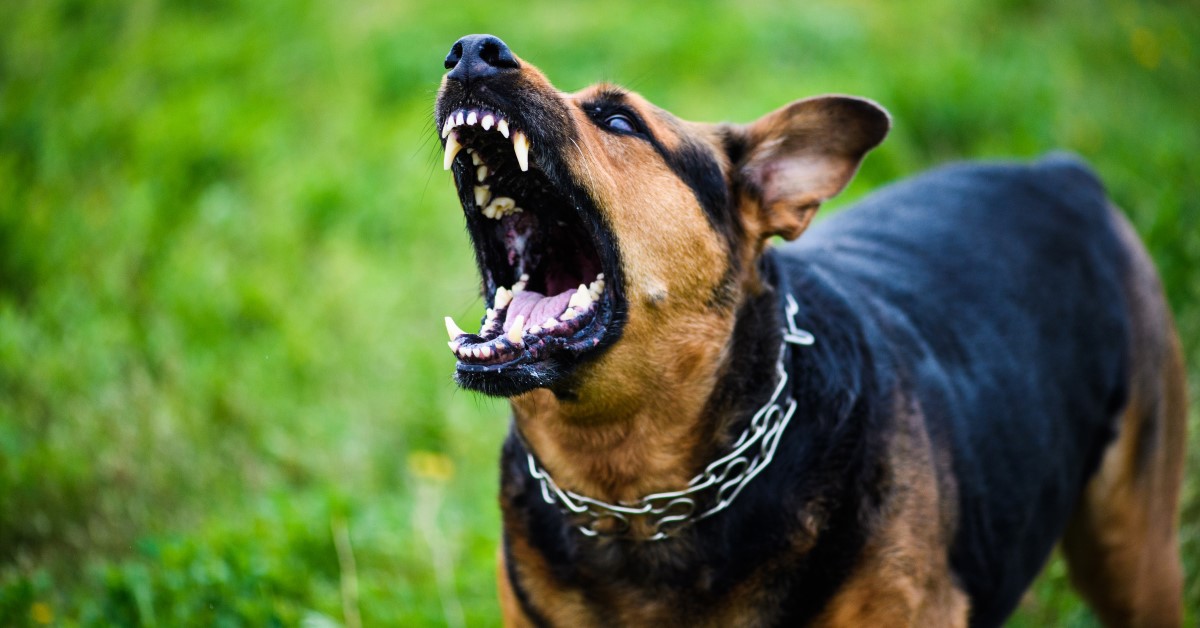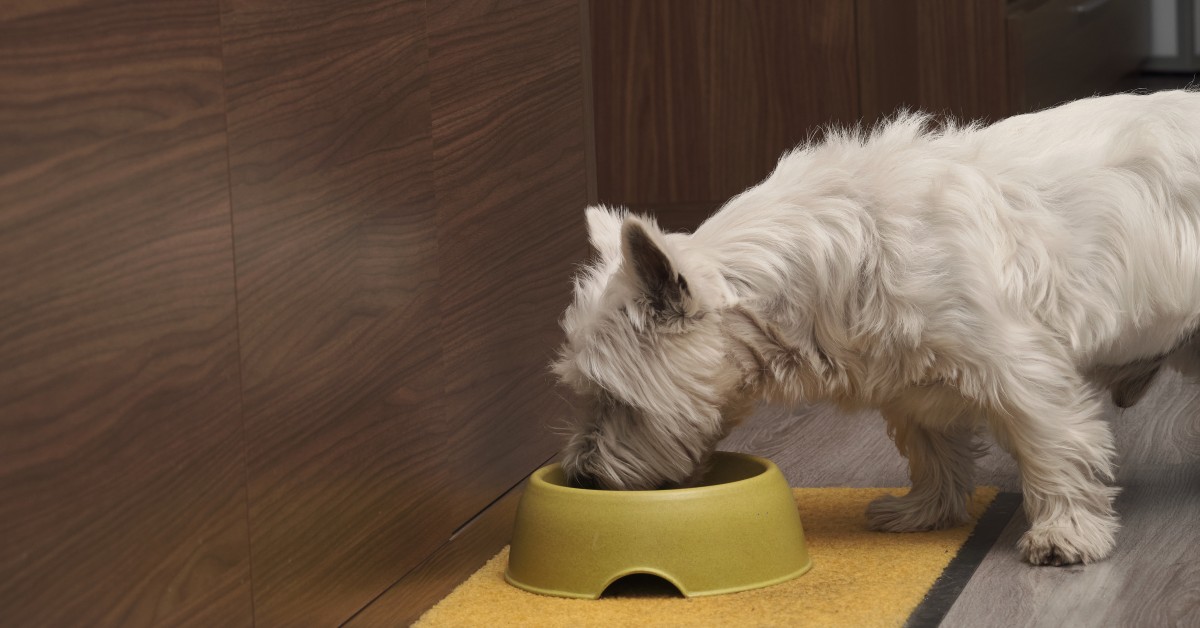My Dog Growls: Is He Aggressive?
Your dog’s growling may catch you off guard, but there are many reasons why dogs growl aside from aggression.

Most people associate a growling dog with aggression. However, just because your dog growls does not necessarily mean that he’s aggressive. Dogs growl for a range of reasons, from fear and anxiety to excitement and a desire for attention. Before dubbing your pet a “bad dog,” consider why he is growling and how to stop unwanted growling behaviors.
Common Reasons Why Dogs Growl
1. Warning Growling
One of the most common reasons that dogs growl is to send a warning. This type of growling is often confused with aggression as the dog’s body language may indicate that he is angry. For example, your dog may have raised hackles, a stiff tail, furrowed brows, and tense muscles. In addition to snarling or growling, your dog may snap or lunge.
Your dog may send out a warning growl if you accidentally hurt him, such as if you pick up a senior dog with painful joints. A dog may also send out a warning if you are doing something he doesn’t like, such as trying to take away a bone - a scenario known as resource guarding. Your dog may even growl at other pets in your home if they get too close or are irritating them, such as a young puppy bothering an older dog.
2. Fearful Growling
Another common reason that dogs growl is due to fear. Like humans, dogs can feel frightened when put in a new or uncomfortable situation. A dog in distress may display a variety of signs aside from growling, such as panting, shivering, drooling, pacing, excessive licking, urination, or destructive behavior. When scared, a dog’s “fight or flight” response kicks in when they feel like they’re being threatened.
Some dogs will actually develop anxiety disorders due to being in chronic fearful situations. For example, pets that have experienced abuse in their life may be anxious when around certain people. When exposed to a certain trigger, they may react with fear which could include growling, barking, lunging, or snapping. These behaviors are done to try to make the “trigger” go away.
3. Pleasure Growling
Believe it or not, not all growling means that your dog is stressed, anxious, or scared. Some dogs will growl for an entirely different reason: pleasure. Pleasure growling is usually performed when dogs are highly stimulated, such as getting overly excited about a new toy. Dogs may also growl when they want to get your attention or want to play.
Pleasure growling is unique in that most dogs will emit a low, affectionate growl that may be accompanied by a lengthy howl or moan. This is similar to how cats purr when content. To determine whether your dog’s growling is associated with pleasure or something less pleasant, look at other body language signs. Happy dogs will generally have a loose stance, lowered tail, and relaxed mouth.
4. Painful Growling
Dogs who are in pain are not able to vocalize their discomfort in words. Growling is one way that your dog can show you that he is experiencing stiffness, soreness, or other ailments. A dog may growl at someone who tries to touch him when he’s in pain, even if the dog is not normally aggressive. This is your dog’s way of telling you that it hurts for you to touch him.
Some types of pain-related growling may relate to past experiences. For example, if you accidentally clipped your dog’s quick in the past when trimming his nails, he may growl when you attempt to trim his nails again or even touch his paws. Some dogs have areas of the body that they do not like their humans to touch, such as the ears, muzzle, or even the top of the head.
How to Stop Unwanted Growling in Dogs
It’s natural to be upset when your dog growls, especially if the growling is targeted toward you. Your first reaction may be to yell at or punish your dog, but this is never a good idea. Growling is an important way for your dog to communicate, including giving warnings. The key to getting a dog not to growl is not to focus on the growling itself but on the underlying issue.
Possessiveness, territorialism, fear, and aggression are all serious behavioral issues. Depending on the severity of the issue, you may be able to train your dog at home or may need to seek assistance from an experienced dog trainer or animal behaviorist. If your dog is triggered by certain situations, a trainer can help gradually condition him or her to accept the trigger and stop growling in its presence.
It is important not to ignore growling, as the problem could get worse. It’s best to try and stop this behavior as soon as possible. Take the necessary steps to avoid common triggers for your dog. For example, if your dog always growls at the mailman when he comes at noon, pull down the shades around this time. If your dog exhibits aggression towards other animals, avoid places like dog parks until the behavior is under control.
If the growling behavior is new in a dog that you’ve had for a while, consider taking him to the vet for a checkup. He could be experiencing pain or discomfort. Your vet may also provide you with insight as to why your pet is growling and how to stop the behavior.
Ready to start saving money on pet wellness care?
Then take a look at Mint Wellness, the pet wellness plan that provides fast reimbursement on routine pet care. Save on vaccinations, wellness exams, preventatives, dental, and more!
Learn More


